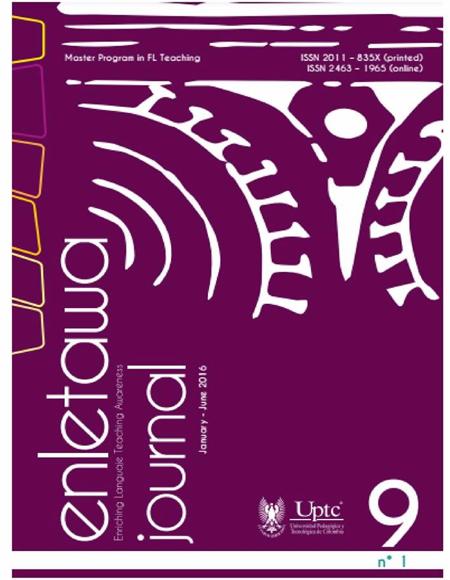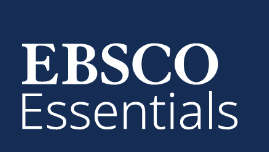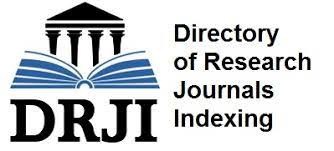Reducing Anxiety and Shyness for Oral Interaction Improvement in a Cooperative Learning Environment
DOI:
https://doi.org/10.19053/2011835X.7539Keywords:
Ninth graders, Anxiety, Shyness, Cooperative Learning, English LearningAbstract
This article reports on the investigation carried out at rural school in Ubaté (Cundinamarca). Participants were sixteen English students. The aim of the study was to explore how cooperative learning reduces ninth graders’ anxiety and shyness in the English classes. In order to achieve this objective, an action research study was conducted. Interviews, teacher’s diary and workshops were used for data collection. The main findings suggested that after five workshops anxiety and shyness’ signs have reduced when students were cooperative to interact orally. In addition, cooperative learning was an effective tool not just to reduce anxiety and shyness, but also to involve them in their own English learning process, English learningDownloads
References
Agnes, M. (Ed.) (1999). Webster’s new world college dictionary (4th Ed.). New York: Macmillan.
Brandt, F. J., and Ellsworth, N. J. (1996). Effects of cooperative learning on the academic achievement and self-steem of urban adolescents with learning disabilities. Learning Disabilities 7, 9-13.
Brown. H. D. (2007). Principles of Language learning and teaching. San Francisco State University: Pearson.
Campbell, R. L. (2006). Jean Piaget’s Genetic Epistemology: Appreciation and Critique. Retrieved at http://myweb.clemson.edu/~campber/piaget.html
Dahl, B. (1996). A synthesis of different psychological learning theories? Piaget and Vygotsky.
Dimitriadis, G., and Kamberelis, G. (2006). Theory for education. New York: Routledge. DOI: https://doi.org/10.4324/9780203958933
D’Olivares, D. N. (2013). Cooperative learning: another way to learn together. In: Enletawa Journal. (6), 59-72.
Firestone, W. (1987). Meaning in method. The rhetoric of quantitative and qualitative research. Educational researcher. DOI: https://doi.org/10.3102/0013189X016007016
Fogarty, R. (1999). Architects of the intellect. Educational Leadership, 57 (3), 76-78.
Gardner, R. C. (1985). Social psychology and second language learning: The role of attitudes and motivation. London: Edward Arnold Publishers.
Gardner. R.C., and MacIntyre. P. D. (1993). On the measurement of affective variables in second language learning. Language Learning, 43, 157-194. DOI: https://doi.org/10.1111/j.1467-1770.1992.tb00714.x
Guiora, Alexander, Z., Brannon, Robert C., and Dull, Cecilia, Y. (1972). Empathy and Second Language Learning. Language Learning,22, 111-130. DOI: https://doi.org/10.1111/j.1467-1770.1972.tb00077.x
Horwitz, E. K., Horwitz, M. B., and Cope, J. (1986). “Foreign language classroom anxiety”. Modern Language Journal, 70, 125-136. DOI: https://doi.org/10.1111/j.1540-4781.1986.tb05256.x
Horwitz, E. K. (1984). "What ESL Students Believe about Language Learning" unpublished. Paper presented at the TESOL Annual Meeting, Houston.
Hymes, D. H. (1972). “On Communicative Competence” In: J.B. Pride and J. Holmes (eds) Sociolinguistics. Selected Readings. Harmondsworth: Penguin, pp. 269-293.
Johnson, D. W., and Johnson R. T. (1995). Learning together and alone. 3rd edition. Englewood Cliffs, New Jersey: Prentice Hall.
Kagan, S. (1994). Cooperative Learning. San Clemente, CA: Kagan Publishing. Retrieved at www.Kaganonline.com
Kemmis, S., and McTaggart, R. (2000). Participatory action research. In N. Denzin, and Y. Lincoln (Eds.). Handbook of qualitative research (2nd ed., pp. 567-505). Thousand Oaks, CA. Sage.
Lybeck, K. (2002). Cultural identification and second language pronunciation of americans Norway. The Modern Language Journal. 86, 174-191. DOI: https://doi.org/10.1111/1540-4781.00143
Malamah-Thomas, A. (1988). Classroom interaction. Oxford. Oxford University Press.
McGroarty, M. (1993). Cooperative Learning and second language acquisition. In D. Holt, Cooperative learning. Washington, DC. Center for Applied Linguistics and ERIC Clearing house on Languages and Linguistics.
MacIntyre, P. D., and Gardner, R.C. (1989). Anxiety and second language learning: toward a theoretical clarification. Language Learning. 32, 251-275. DOI: https://doi.org/10.1111/j.1467-1770.1989.tb00423.x
Mills, G. E. (2003). Action research: A guide for the teacher researcher. Upper Saddle River, NJ. Merrill/Prentice Hall.
Palmer, J. A. (2001). Fifty modern thinkers of education. Routledge: New York. DOI: https://doi.org/10.4324/9780203467121
Parsons, R. D., and Brown, K. S. (2002). Teacher as reflective practitioner and action researcher. Belmont, CA. Wadsworth /Thomson Learning.
Piaget, J. (1959). The language and through of the child (vol. 5). Psychology Press.
Savignon, S. J. (1998). Communicative competence: Theory and classroom practice. Mc Grow-hill: New York.
Scovel, T. (1978). The effect of affect on foreign language learning: A review of anxiety research. Language Learning, 28 (1), 129-142. DOI: https://doi.org/10.1111/j.1467-1770.1978.tb00309.x
Siegler, R. S., and Opfer, J. (2003). The development the numerical estimation: evidence for multiple representations of the numerical quantity. Psychological Science, 14, 27-243. DOI: https://doi.org/10.1111/1467-9280.02438
Spielberger, C. D. (1983). Manual for the state-trait anxiety inventory. Palo Alto, California: Consulting Psychological Press. DOI: https://doi.org/10.1037/t06496-000
Utah Education Network, (2005). Chapter One: Young Children Growing, Thinking and learning DAP and Theorists. Morgan, UT: Utah Education Network.
Vygotsky, L. S. (1978). Mind in society: the development of higher psychological processes. Cambridge, MA: Harvard University Press.
Woolfolk, A. (2004). Comparing Piaget and Vygotsky. Educational Psychology. Retrieved at www.education.uiowa.edu/resources/tep/eportfolio/07p075folder/Piaget_Vygotsky.htm












